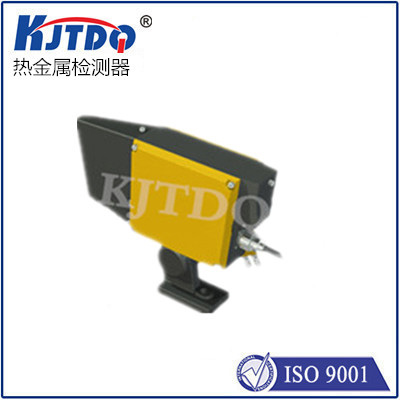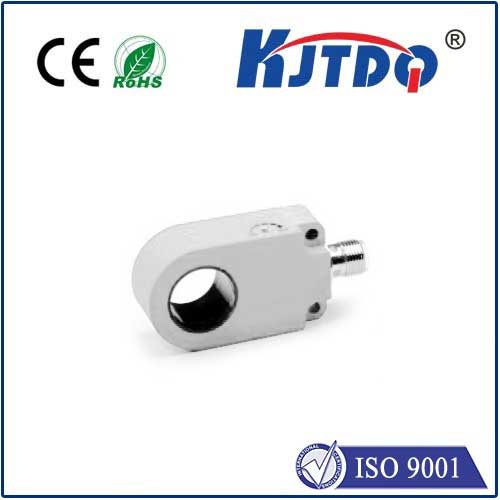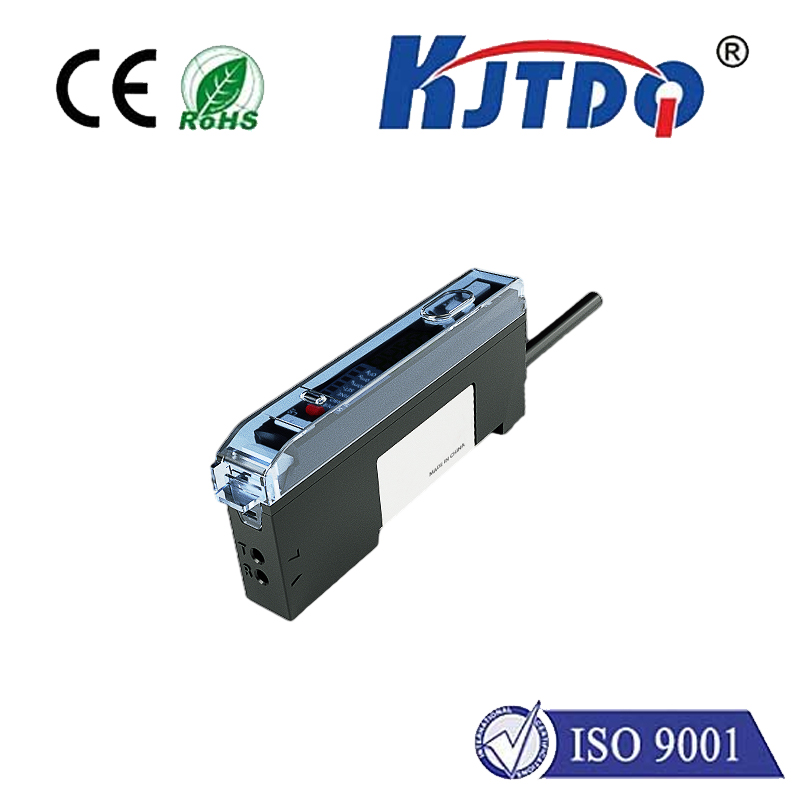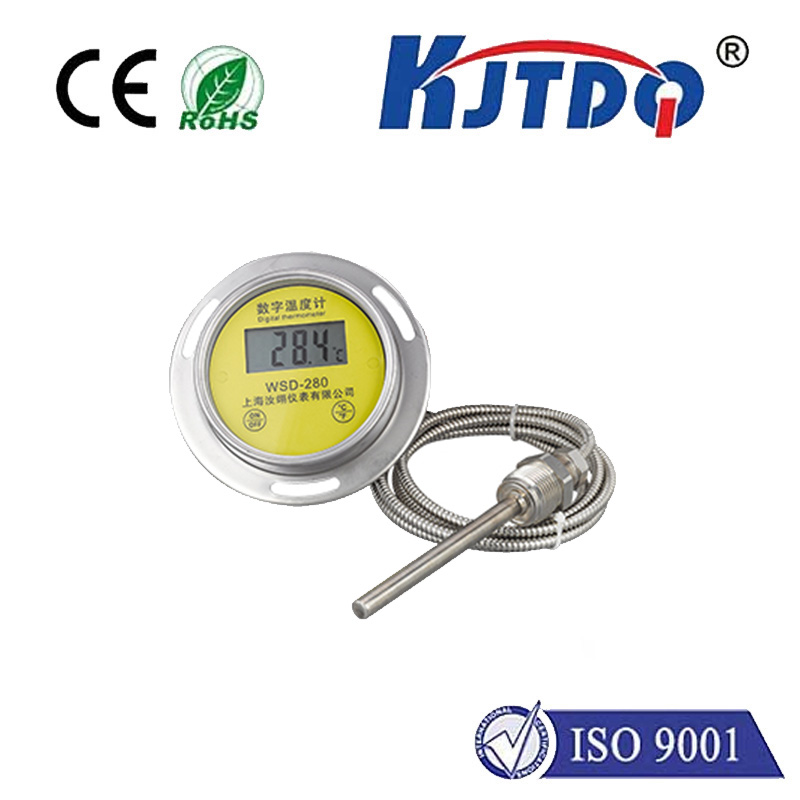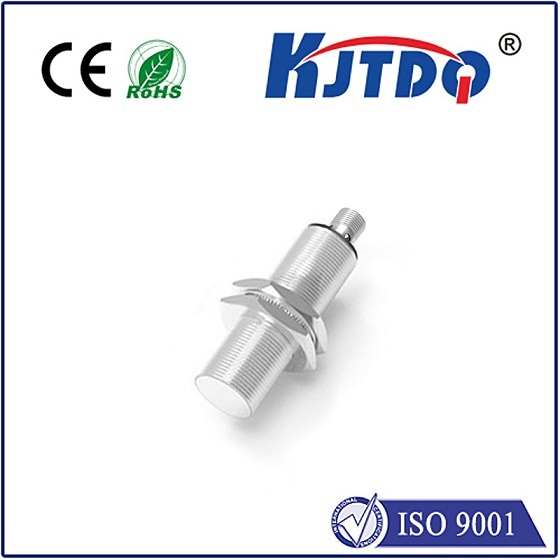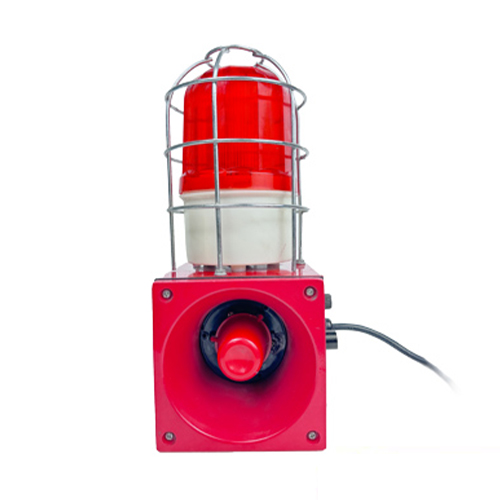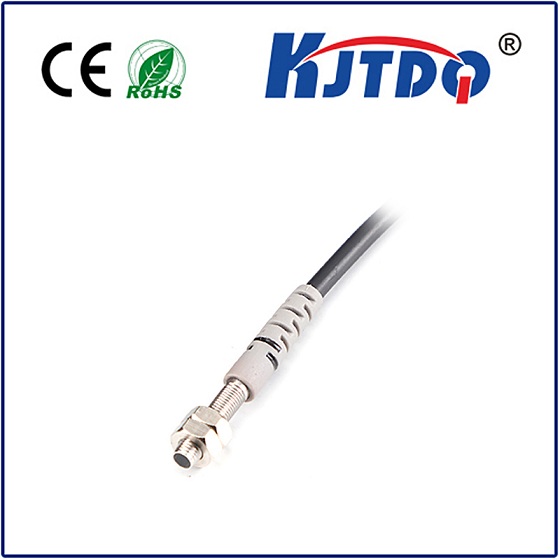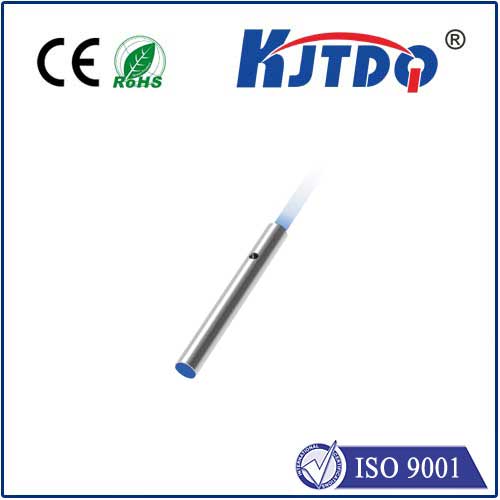

check

check

check

check

check

check

check

check

check

check
Title: High Temp Inductive Proximity Sensors: Revolutionizing Temperature Monitoring
Introduction:
In today's rapidly evolving world of technology, the demand for accurate and reliable sensors continues to grow. One such sensor that has gained immense popularity in recent times is the high temp inductive proximity sensor. These sensors offer a revolutionary solution for monitoring temperature in a wide range of applications, from industrial processes to consumer devices. In this article, we will delve into the working principle, advantages, and applications of high temp inductive proximity sensors.
Working Principle:
High temp inductive proximity sensors rely on the concept of induction. They work by generating an alternating magnetic field that attracts or repels metal targets based on their proximity. When a metal target is present within the sensing area, it creates a voltage difference between the two ends of the coil. The voltage difference is then measured using an analog-to-digital converter (A/D) to determine the temperature. By continuously monitoring the temperature changes, these sensors can provide accurate and real-time information about the environment.
Advantages:
There are several key advantages to using high temp inductive proximity sensors. First and foremost, they offer highly accurate temperature readings due to their ability to measure changes in resistance in metals. Additionally, they are highly versatile and can be used in a wide range of temperatures, from cryogenic to superheated conditions. Moreover, they are relatively inexpensive compared to other temperature measurement methods and require minimal maintenance. Finally, they are compact and easy to install, making them suitable for a variety of applications.
Applications:
The versatility of high temp inductive proximity sensors makes them suitable for a wide range of applications. Some of the most common applications include:
1. Industrial Process Control: High temp inductive proximity sensors are widely used in industrial processes to monitor temperature changes in equipment such as boilers, furnaces, and compressors. This helps prevent equipment failure and reduces downtime.
2. Environmental Monitoring: These sensors can be used to monitor temperature changes in various environmental conditions such as weather forecasts, forest fires, and marine ecosystems. This information can help researchers better understand climate change and adapt to it.
3. Consumer Electronics: High temp inductive proximity sensors have also found their way into consumer electronics such as refrigerators, air conditioners, and heating systems. These sensors allow manufacturers to improve product efficiency and reduce energy consumption.
4. Medical Applications: In medical settings, these sensors can be used to monitor patient temperatures accurately and quickly. This is especially important in emergency situations where time is of the essence.
Conclusion:
In conclusion, high temp inductive proximity sensors have revolutionized temperature monitoring in a wide range of applications due to their accuracy, versatility, and cost-effectiveness. As technology continues to evolve, it is likely that we will see even more innovative applications of these sensors in the future. With their advanced features and capabilities, high temp inductive proximity sensors are poised to play an increasingly important role in shaping our world.
